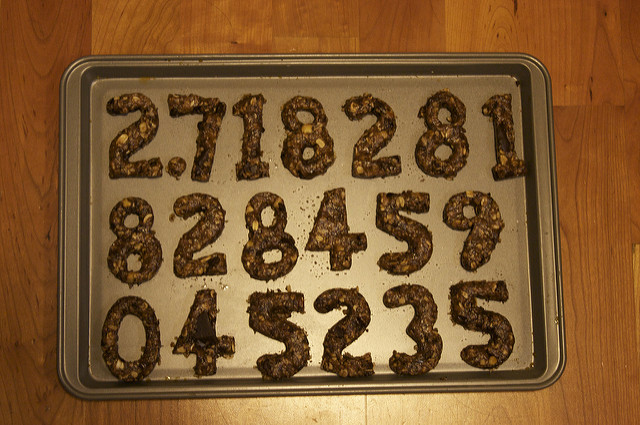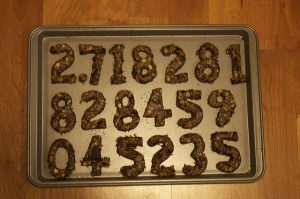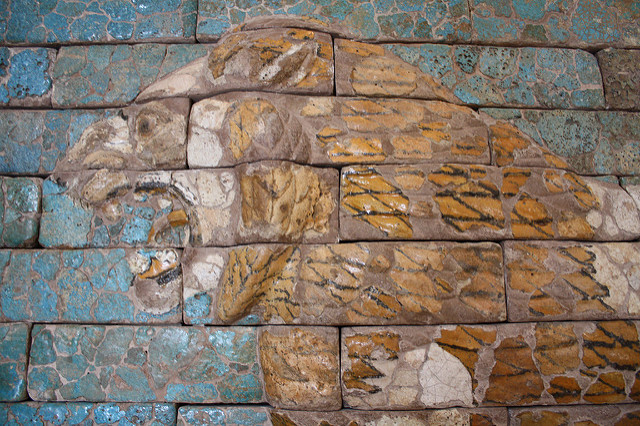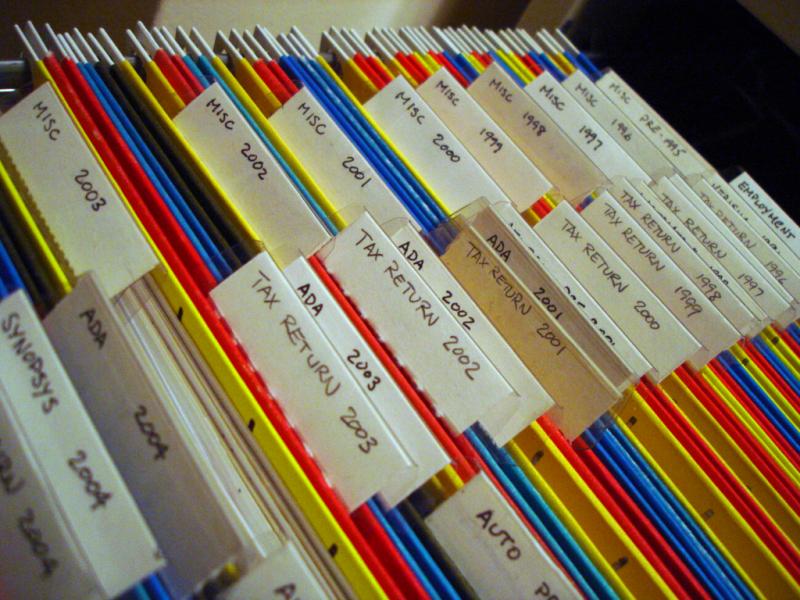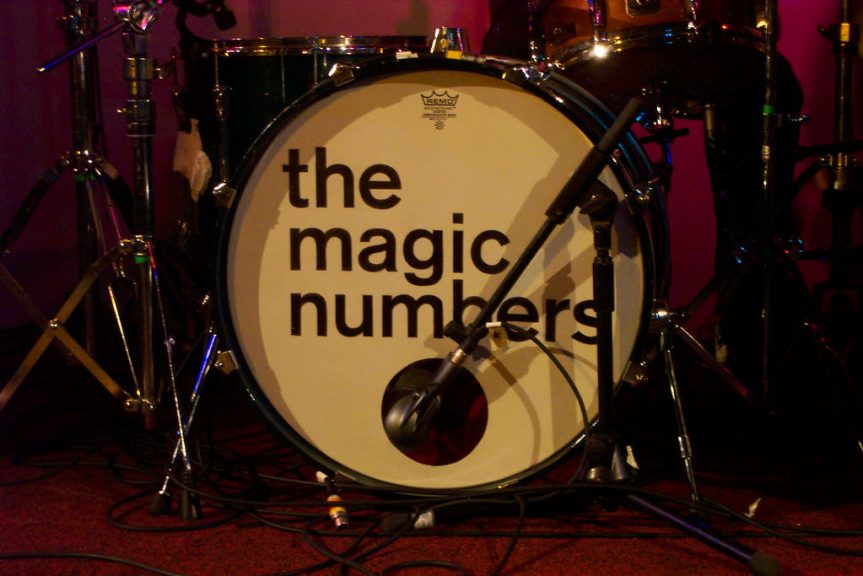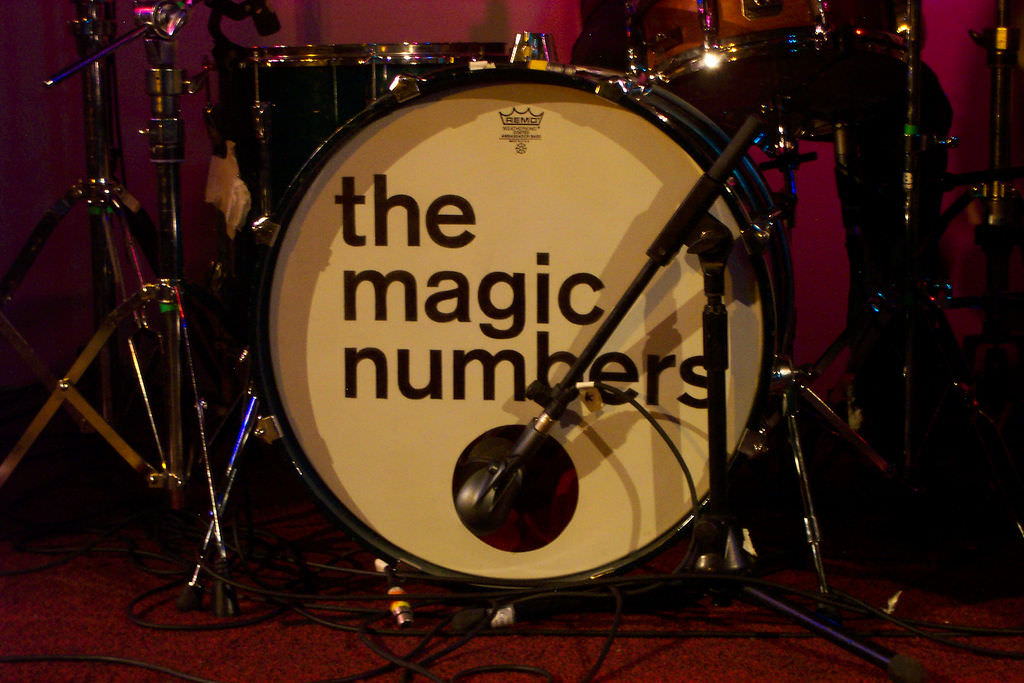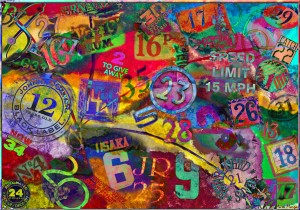What To Do
Scilab is a great tool that I believe you will find very useful during the rest of your degree programs and beyond. The motivation here is simply to introduce you to the tool. Scilab is open source software and runs on Linux, Mac and Windows
Download the latest version at http://www.scilab.org/download/latest
Please download and “play with” SciLab.
Please follow the tutorial available on their website under Resources->Documentation. Here is the direct link to the tutorial http://www.scilab.org/content/download/849/7901/file/Scilab_beginners.pdf
Page for SciLab to download at https://www.scilab.org
Do NOT panic, there are 33 pages but it will not take you too long to go through it.
What to Submit
As usual, create a blog post explaining what you did, where you found resources (books, videos, web pages, friends) to help you solve this. Remember to put the tag #WSQ13 on your post so our blog hub picks that up.
You should include your code as a link to GitHub.
And of course, leave any questions here as well as asking those questions Twitter #TC1017 so we all see your question posted there.
Feature Image Credit



